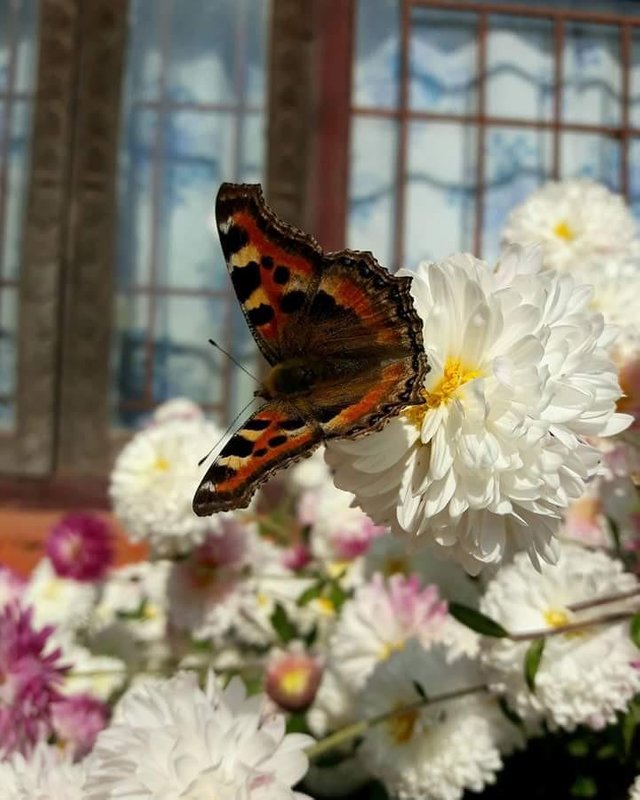 Description/Taste
Description/Taste
Marigold flowers are made up of multiple layers of overlapping petals with the petals getting smaller and more condensed towards the flowers center, similiar to that of a carnation. The blooms may be single or double colored and can be varying hues of yellow, orange, red and maroon.
Seasons/Availability
Marigold flowers are available year-round with a peak season in the summer and fall months.
Current Facts
A member of the genus Tagetes, Marigolds are an annual flower and member of the family Asteraceae. In addition to being a popular garden flower, today Marigolds are approved for use in the European Union as a food additive, acting as a natural food colorant and nutritional supplement.
Nutritional Value
Marigold flowers are being studied for their potential benefits to eye health, in particular for their lutein content and its ability to help prevent age-related macular degeneration (AMD). Marigold flowers are also fed to chickens to increase the lutein content of eggs and as a way to naturally produce an egg with a rich yellow hued yolk.
Applications
The vivid orange color of Marigold flowers makes them ideal for use as décor on wedding cakes and other pastries prepared for celebratory occasions. Use as garnish when plating or on serving platters. Float atop a punch bowl of red or white sangria. Their appearance will complement spring, summer and early fall preparations best.
Ethnic/Cultural Info
Marigolds have long had an important spiritual and religious significance for many different cultures. The Aztecs believed marigolds to have protective properties and could be of aid when foraging rivers or assist with healing after being struck by lightning. In India garlands made of Marigolds are used to honor gods in Hindu ceremonies. In Mexico Marigolds are steeped to make teas for rituals and for medicinal purposes, they are also used ornamentally on Dia de los Muertos to decorate alters created to honor past loved ones.
Geography/History
Marigold flowers are native to the Americas. The first record of them dates back to the Aztecs in 1552 as is documented in the De La Crus-Badiano Aztec Herbal. Spanish explorers introduced the flowers to Spain in the 1500’s and soon after they spread throughout Europe and Africa. Marigolds thrive in full sun andprefer well-drained soils.
@photography
@JULIANK
@photocontest
Authors get paid when people like you upvote their post.
If you enjoyed what you read here, create your account today and start earning FREE STEEM!
If you enjoyed what you read here, create your account today and start earning FREE STEEM!
Hi! I am a robot. I just upvoted you! I found similar content that readers might be interested in:
http://www.specialtyproduce.com/produce/Marigold_Flowers_6604.php
Downvoting a post can decrease pending rewards and make it less visible. Common reasons:
Submit